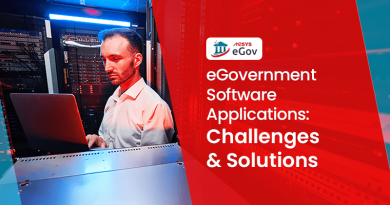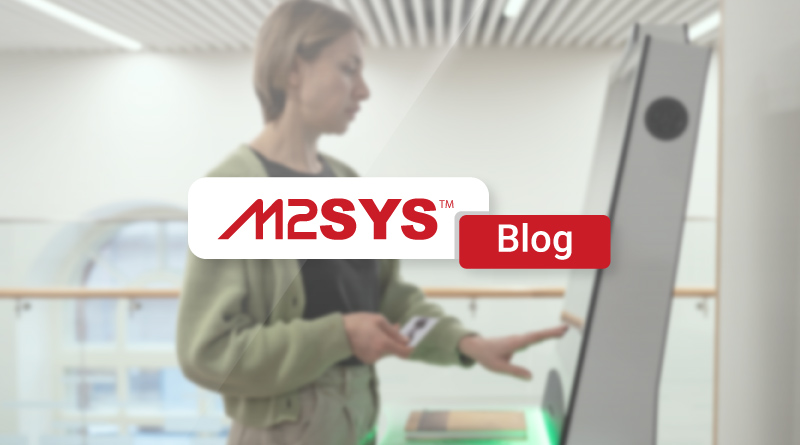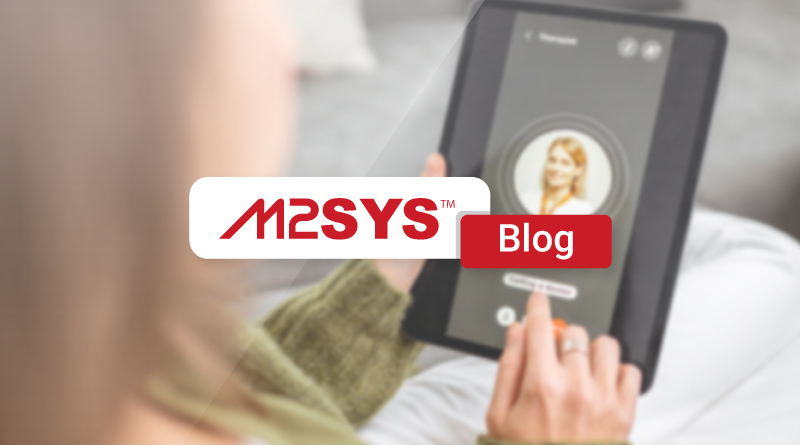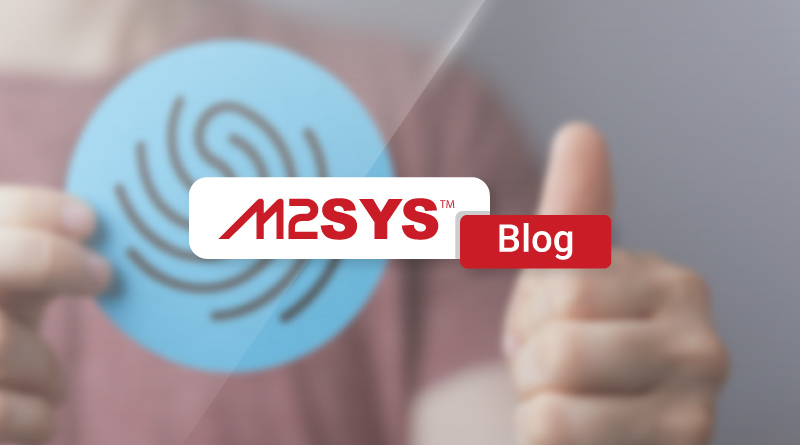Why School Districts Should Implement Cashless Fingerprint Payment System
Many school principals, district superintendents, administrators, and K-12 food service operators have already heard of fingerprint lunch lines, or the use of fingerprint biometric technology to recognize students and allow automated payment for school lunch purchases.
Using biometric fingerprint technology, school caterers or K-12 food service operators can not only simplify and speedup the school lunch line payment procedure, but can also eliminate lunch line fraud and stop bullying.

Fingerprints for student identification
The idea of a cashless fingerprint payment system for school lunch lines is not a new one. It has been used primarily in the United Kingdom and United States since the beginning of the 21st century, and is now widespread around the world including deployments in Australia, India, and some other European and Asian countries.
Schools mostly use student’s fingerprint data for cashless catering systems though in the United Kingdom fingerprint biometrics in schools were initially used for library book issuance. Within a few years fingerprints were being used for cashless catering systems, enabling parents to deposit money into students catering accounts, which is debited by a child’s fingerprint scan at the point of sale. In the United States, fingerprint biometrics systems are used primarily for lunch line point of sale transactions, as mentioned above.
Why fingerprints?
Fingerprint biometric vendors and technology providers spent years on research and development to make it easier to improve identification without the need for PIN pads or students remembering a student identification number. Fingerprint biometric student identification allows schools to be more profitable by allowing more time to increase cafeteria purchases, and acts as a tool to prevent fraud and bullying.
Key advantages that fingerprint biometrics for student identification offer include:
Fingerprints are secure: Fingerprints cannot be guessed, stolen, shared and are nearly impossible to reverse engineer and obtain the original images as opposed to the use of outdated plastic cards and PIN identification systems which do not ensure restricted access and can easily be lost or stolen.
 Fingerprints are convenient: Fingerprint identifiers can’t be forgotten. There’s nothing to carry with you and nothing to lose.
Fingerprints are convenient: Fingerprint identifiers can’t be forgotten. There’s nothing to carry with you and nothing to lose.
Fingerprint biometrics are affordable: With fingerprints, you can ensure security and do so affordably because there’s no need to provide students with resource intensive and costly access cards and replacements or other expensive tokens that can be easily lost.
Fingerprint authentication systems exist to answer the question: are you who you say you are?
Privacy issues
 After the introduction of fingerprint biometric identification technology in some schools, a number of parents raised questions about privacy and security issues. They argued it will put students at an unnecessary risk of identity theft, even though no Social Security numbers or other personal information is gathered that might raise serious privacy concerns.
After the introduction of fingerprint biometric identification technology in some schools, a number of parents raised questions about privacy and security issues. They argued it will put students at an unnecessary risk of identity theft, even though no Social Security numbers or other personal information is gathered that might raise serious privacy concerns.
Instead of focusing on how students are paying for their meal a common debate was raging on whether the use of fingerprint technology by school systems were setting up the students up to be a victim of future identity theft or fraud. And those who have used any fingerprint identification system hail its convenience of use and efficiency.
Conclusion
Biometric fingerprint recognition systems are not new or unique as we’ve already seen implementation in the government and private sectors. Even some smartphones also feature fingerprint authentication on their devices. Many schools already use fingerprint scanners to speed up their lunch line payment system and found it to be more practical because students don’t need to carry cash anymore. Most importantly fingerprint technology is very useful to prevent lunch line fraud and bullying from students who steal other student’s credentials to pay for meals.








